

William Stopford
Every SUV, ute and van discontinued in Australia in 2025
3 Hours Ago
From electric hot hatches to twin-turbo V6 four-wheel drives, here's what the CarExpert is looking forward driving the most in 2024.

Contributor
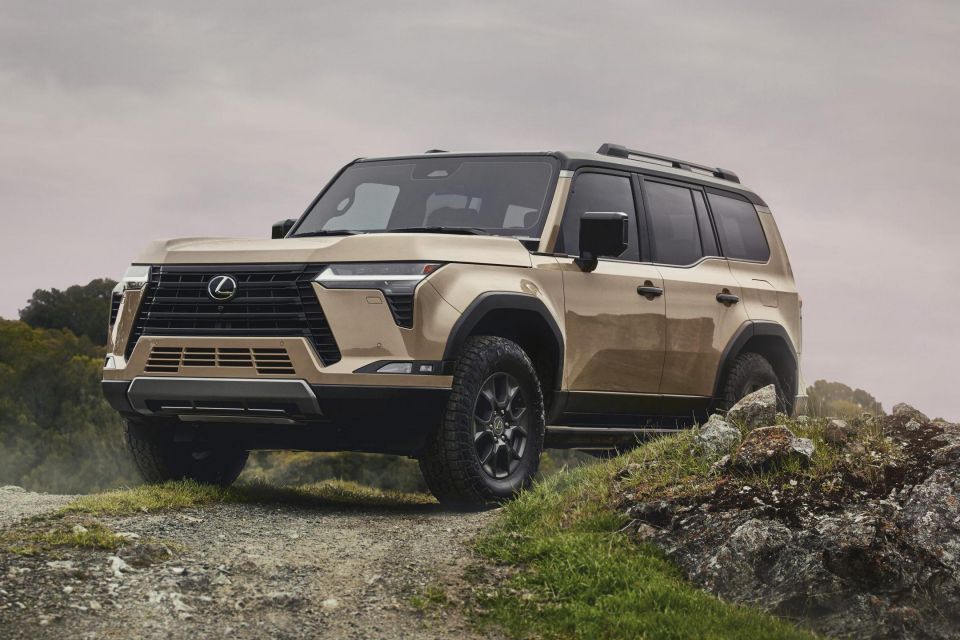

Contributor
Happy New Year!
It’s a new year, and there’s a huge slate of new vehicles on the horizon. For a full breakdown on all the new cars launching in Australia and when, click here.
There’s a lot to look forward to in 2024. The following are the vehicles the CarExpert editorial team is most excited for in 2024.
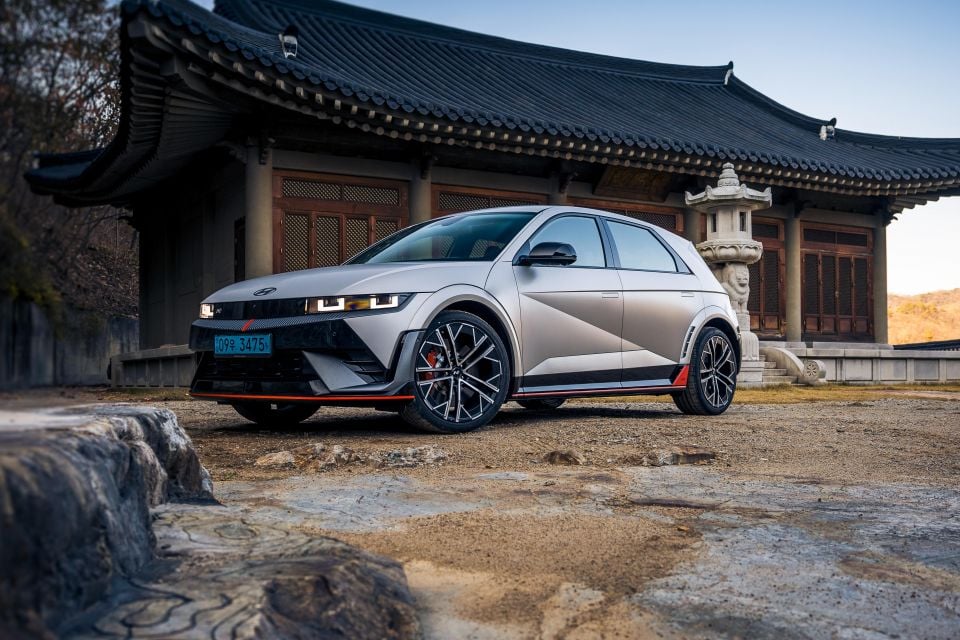
If ever there was a car with potential game-changer status right from the get-go, its Hyundai’s first ever crack at a performance EV – the Ioniq 5 N.
It’s a crossover with all-wheel drive, 478kW of power on boost and a top speed of 260km/h. Oh, and it can accelerate from zero to 100km/h in just 3.4 seconds. It’s also full of cutting-edge tech.
BMW’s former Mr ‘M’, Albert Biermann, was the man that effectively led the charge for Hyundai’s N performance division and in just seven years he’s created some of the best performance machines in their segments with ready-to-track capability straight out of the box.
He and his teams have been working on the Ioniq 5 N for years and even before it launches and after CarExpert has driven pre-production models, it’s already being hailed as an engineering triumph and capable of things other more expensive EVs of its size can’t do.
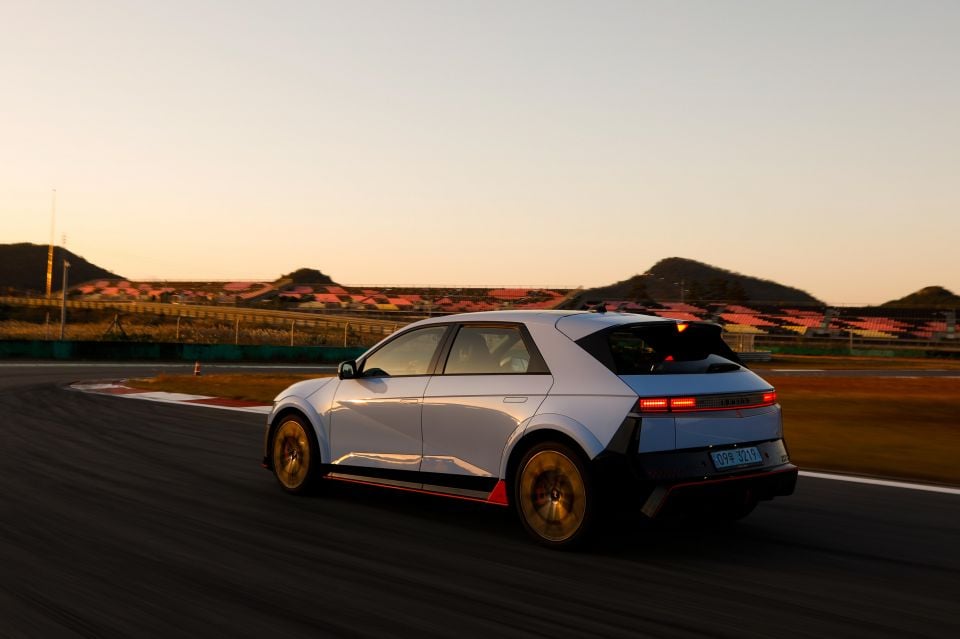
It’s got an 84kWh battery and can go flat-out around around the Nordschleife (20.8km) – twice – without de-rating or losing any power.
In the performance EV world that alone is extraordinary and testament to some very robust electrical engineering. It won’t cost you $200,000 or even $150,000 – yours for just $120,124 drive-away in Altas White Matte with Obsidian Black Leather interior.
Also worth serious mention is the MG Cyberster EV roadster and the Volkswagen ID. Buzz – a reincarnated EV Kombi for the here and now.
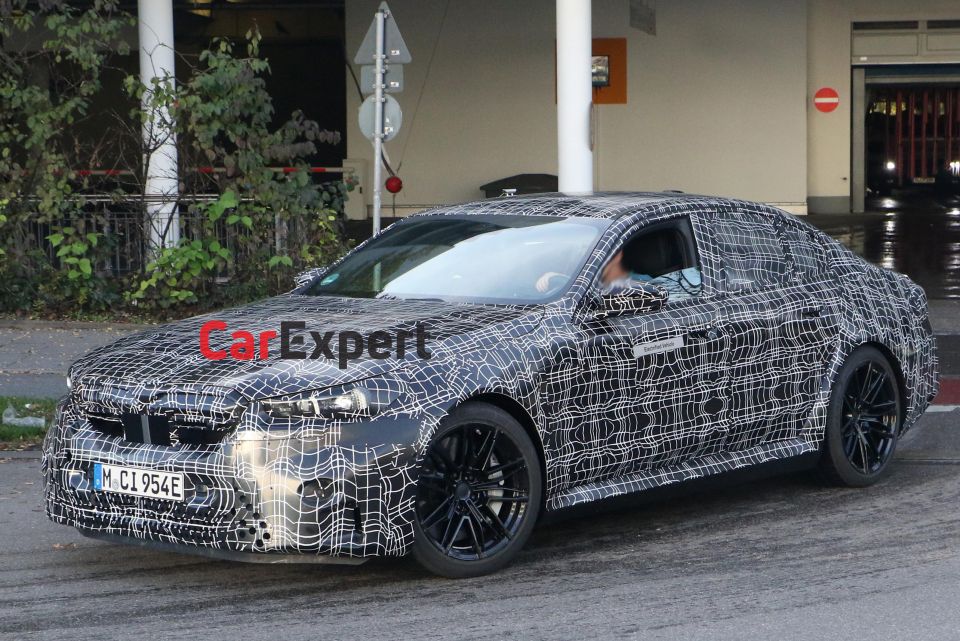
The last hurrah for internal combustion. As more brands move to electrification, I’m excited to see how they see out their internal-combustion flagships. One on top of that list is the new BMW M5. I’m keen to see what BMW does with it and how it sends it off.
Likewise the Audi RS6. It’ll be the last time it features internal combustion so let’s see how they send it off.
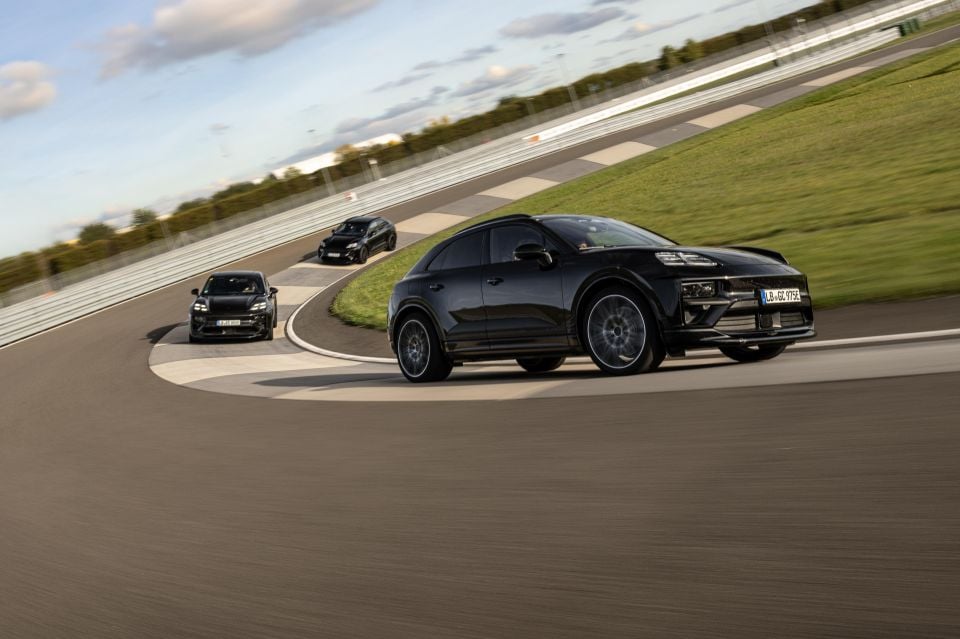
There’s a lot riding on the electric Porsche Macan.
The petrol Macan is the best-selling Porsche worldwide, and remains one of the best mid-sized SUVs to drive after two facelifts and more than 10 years on sale.
The stakes are high for Porsche with its electric replacement, which has suffered a challenging birth thanks to troubles within the Volkswagen Group’s software subsidiary Cariad. When it does finally arrive, it’ll need to immediately pick up the mantle from the petrol model in Australia; production of the current car is ending in the third quarter of 2024 to make way for the electric model.
Porsche rarely misses, but it’s going to be fascinating to get behind the wheel of what needs to become a pillar of its plan to go electric.
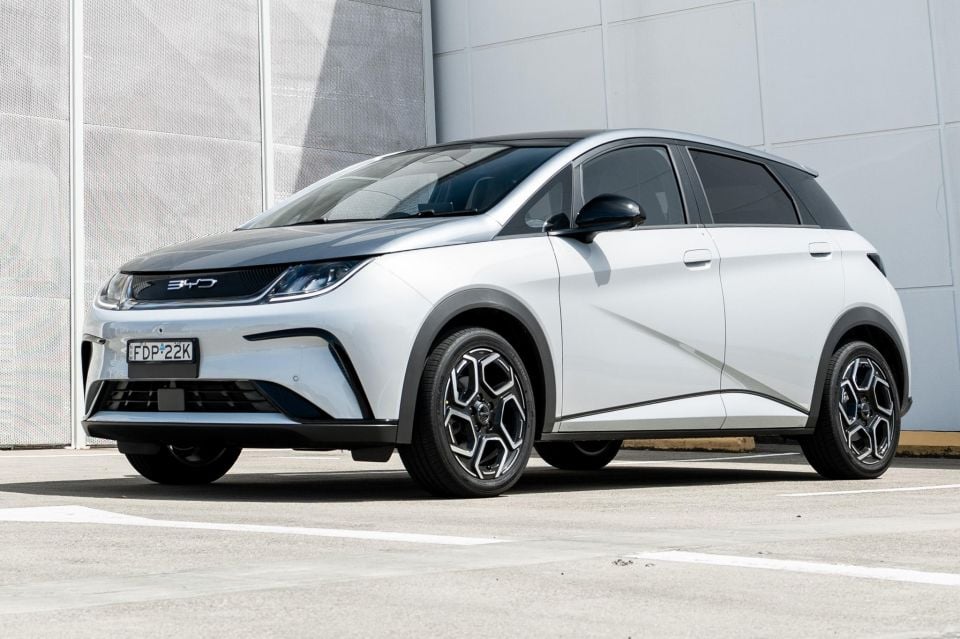
While the world seems to think the way forward is electric cars, brands are becoming more creative with their technologies and unique designs to be able to stand out.
One clear indicator of EV adoption is the access to “affordable” electric vehicles. The Chinese brands have historically been able to provide cheaper alternatives to the likes of Polestar, Hyundai, and Ford.
The EV space is exciting and will continue to develop into the future as technology advances. What we see now is just the beginning.

I’ve been following the Lexus GX’s journey to Australian showrooms quite closely for a while now and hopefully we don’t have to wait too much longer. It’s due in the first of 2024.
Sure the new-generation Toyota Prado, which is based on the same TNGA-F architecture, will likely have more sales volume than the GX, but it’s the Lexus’ engine that has me most excited.
Instead of the mild-hybrid 2.8-litre four-cylinder turbo-diesel the new Prado will receive in Australia at launch, the Lexus GX is set to be powered by a 3.4-litre twin-turbo V6 petrol engine.
In the US this twin-turbo V6 petrol engine produces 260kW of power and a stonking 650Nm of torque. I can imagine this going to be quite a beast that I look forward to having a spin of on local roads.
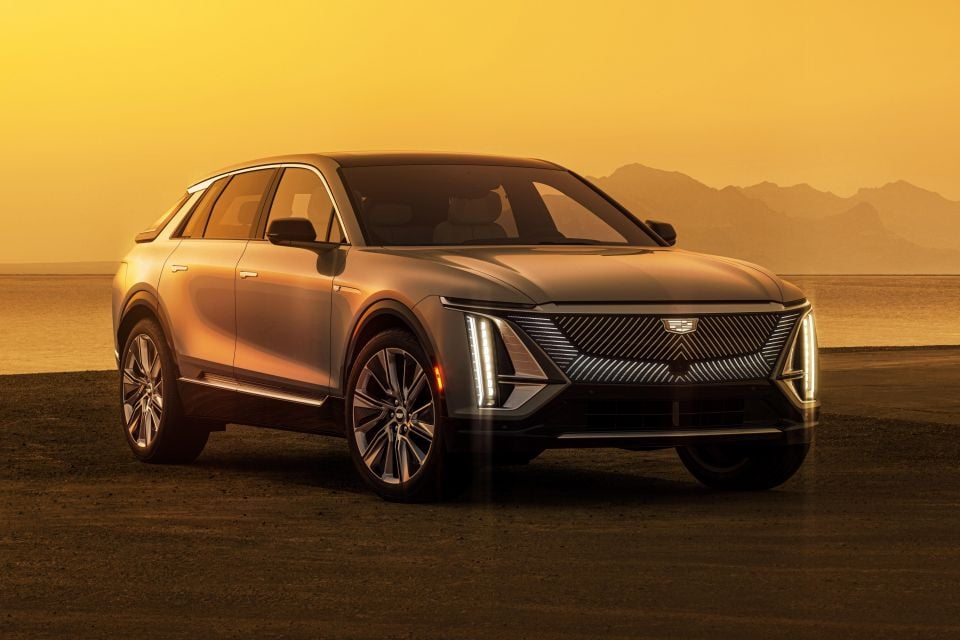
I’ve been waiting so damn long for Cadillac to come here.
I don’t know where my appreciation of the brand first started. My earliest memory of a Cadillac is tossing around an Eldorado ETC in Midtown Madness 2 as a kid, but I became keenly interested in the brand when it started rolling out boldly styled, rear-wheel drive sports sedans in the early 2000s.
Everyone seems to have a BMW or Mercedes-Benz, after all, and those brands are enormously successful – and for good reason.
But the contrarian in me wants to see others get a bigger slice of the luxury car market – I mean, I do drive a Hyundai Genesis, after all – and with cars like the CTS, STS and ATS, Cadillac was gunning right for Germans like the BMW 3 Series and 5 Series.
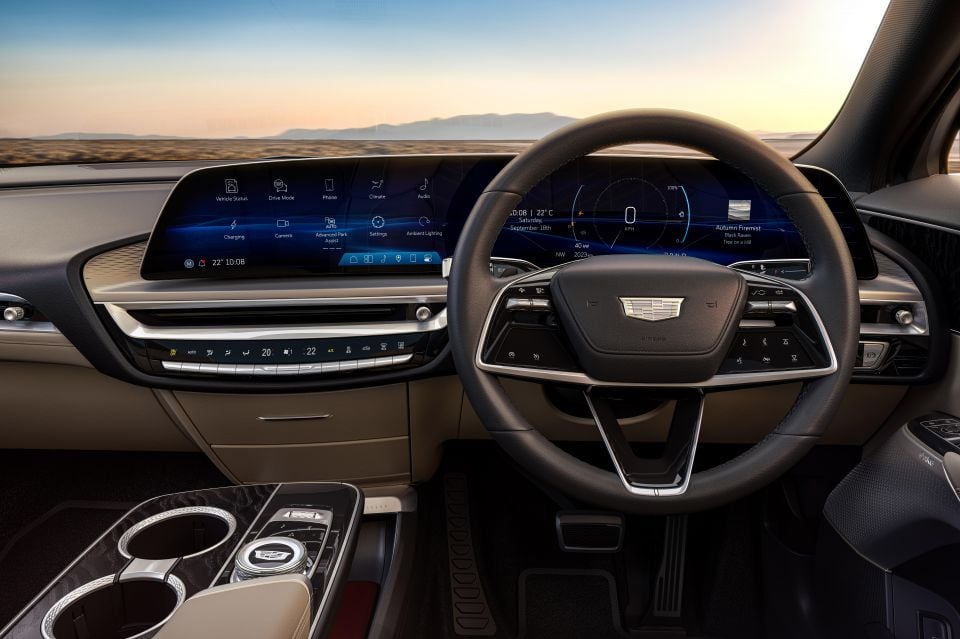
It was the second-generation CTS that was supposed to lead Cadillac’s return to Australia over a decade ago, until the Global Financial Crisis and parent company General Motors’ travails saw those plans scuttled at the 11th hour. I’d almost given up on ever seeing Cadillac come here, watching as desirable vehicle after desirable vehicle like the CT5 and CT6 were revealed but never came here. (To be fair, Cadillac has also offered plenty of average vehicles over the past two decades, too.)
When I saw trademark filings and right-hand drive spy photos, though, it all started to seem real. Now, Cadillac has confirmed it’s coming here. It looks like the Lyriq will spearhead a range of electric SUVs at first – no rear-wheel drive, petrol-powered sports sedans, sadly, the kind of vehicles that really show off the talents of GM’s chassis engineers and designers.
Still, the Lyriq is an attractive package (um, have you seen some of the ugly German electric SUVs out there?) and I’m curious how seriously GM will take Cadillac’s Australian push. It’s no secret GM has been inconsistent with how it has let Cadillac be run, with various strategic and leadership shifts over the years that serve only to knee-cap it.

There’s also plenty of animosity towards GM here after it shuttered Holden. I don’t know why I still have a fondness for the company, given I liked Oldsmobiles and GM shut that brand down, then I liked Pontiacs and GM shut that down too, and then it killed Holden.
My first car was a GM product so perhaps that explains my fondness, but I won’t look at the Lyriq all misty-eyed – let me get behind the wheel and judge it on its merit.
There are some other vehicles I’m excited for. I’m curious if the MG Cyberster will be as fun to drive as it looks, and if the Ford Puma EV will be as dynamically satisfying as the petrol-powered model. The Lexus GX is finally coming here and the new generation looks properly good, and from an industry observer point of view I’m very curious how BYD’s first Australian foray with both utes and plug-in hybrids go.
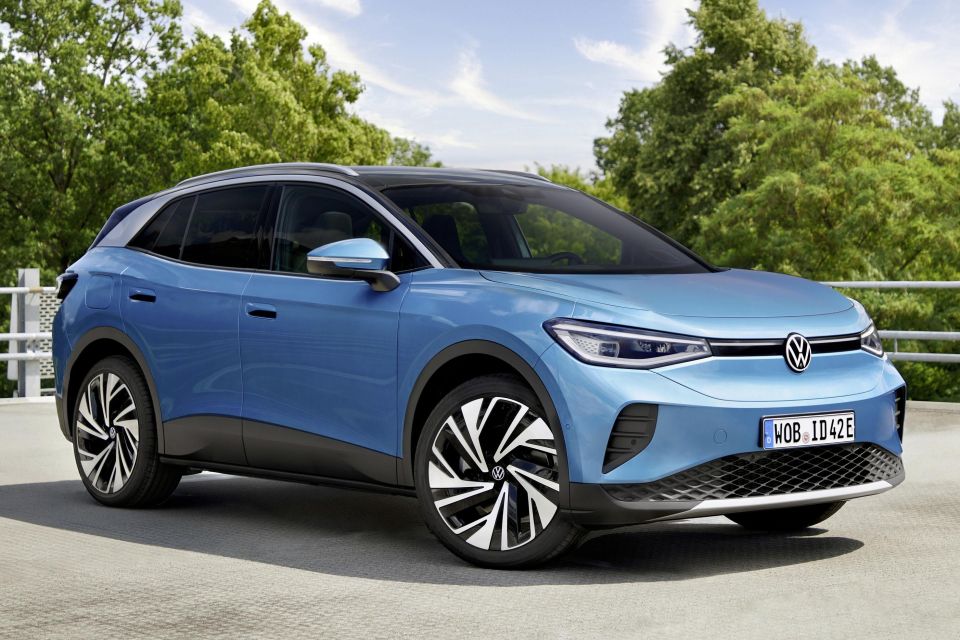
I’ve been covering them for years, they’ve been delayed for Australia numerous times. Finally, 2024 seems like the year of VW’s electrified onslaught.
The vehicles get pretty good reviews overseas, mostly, and if the brand comes through with the supply levels its promising they should become a relatively common sight on our roads.
I just want more competition in the EV space from mainstream brands, which should help stabilise prices and give consumers more choice beyond Chinese brands and Tesla. Hopefully that happens for us next year.
Jack Quick is an automotive journalist based in Melbourne. Jack studied journalism and photography at Deakin University in Burwood, and previously represented the university in dance nationally. In his spare time, he loves to pump Charli XCX and play a bit of Grand Theft Auto. He’s also the proud owner of a blue, manual 2020 Suzuki Jimny.


William Stopford
3 Hours Ago


Ben Zachariah
4 Hours Ago


Derek Fung
5 Hours Ago


Matt Campbell
11 Hours Ago


William Stopford
1 Day Ago


Josh Nevett
1 Day Ago